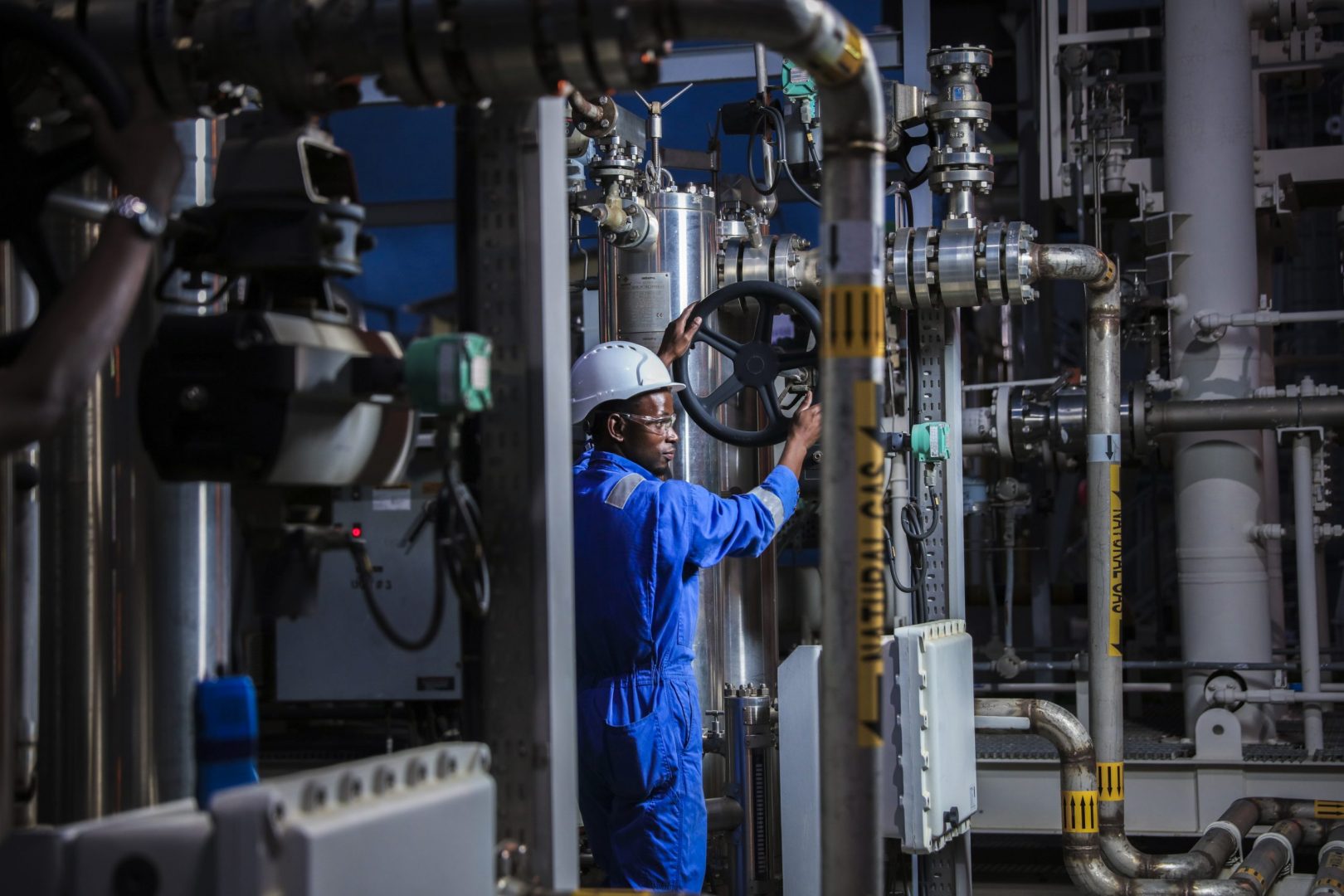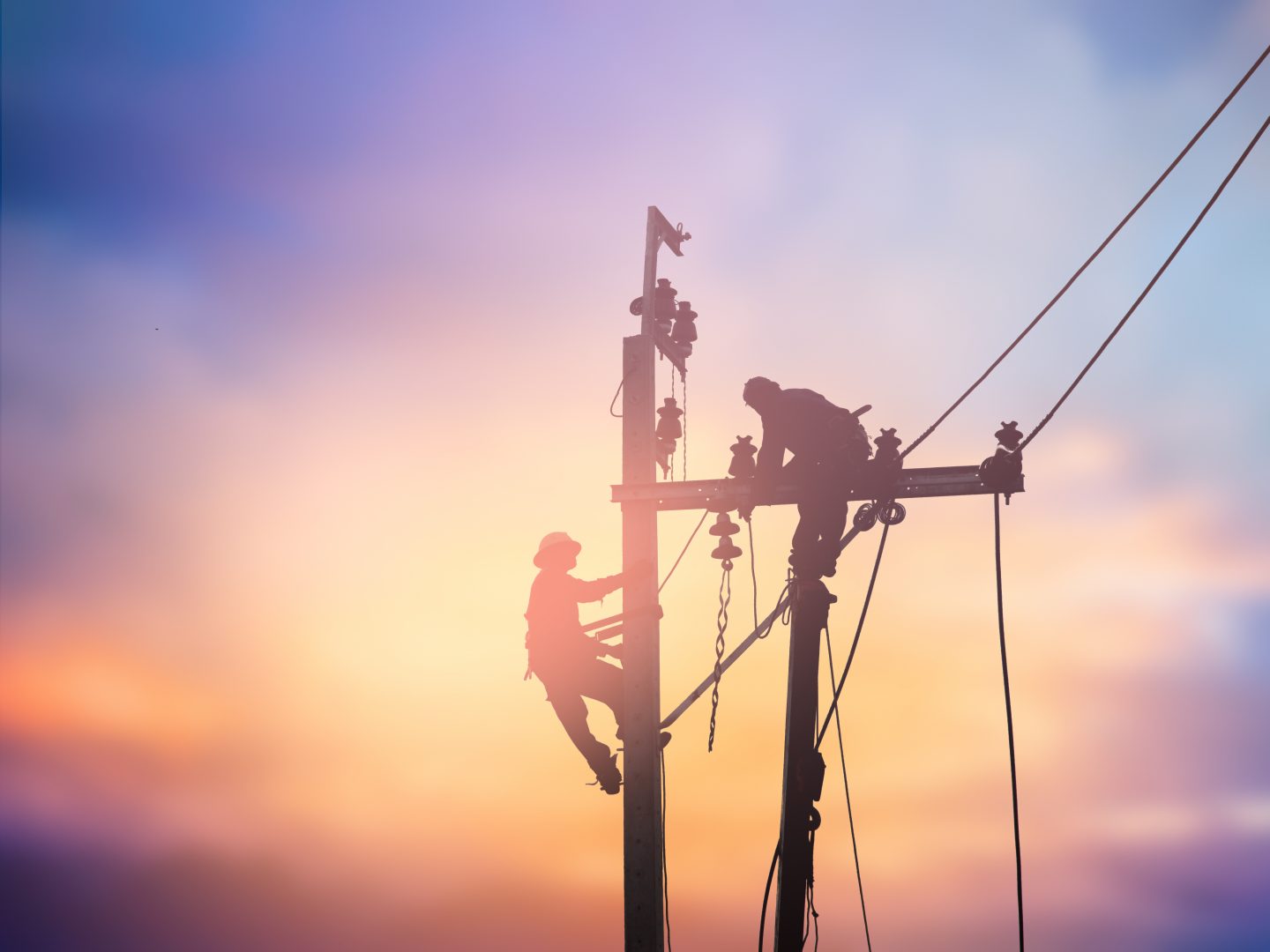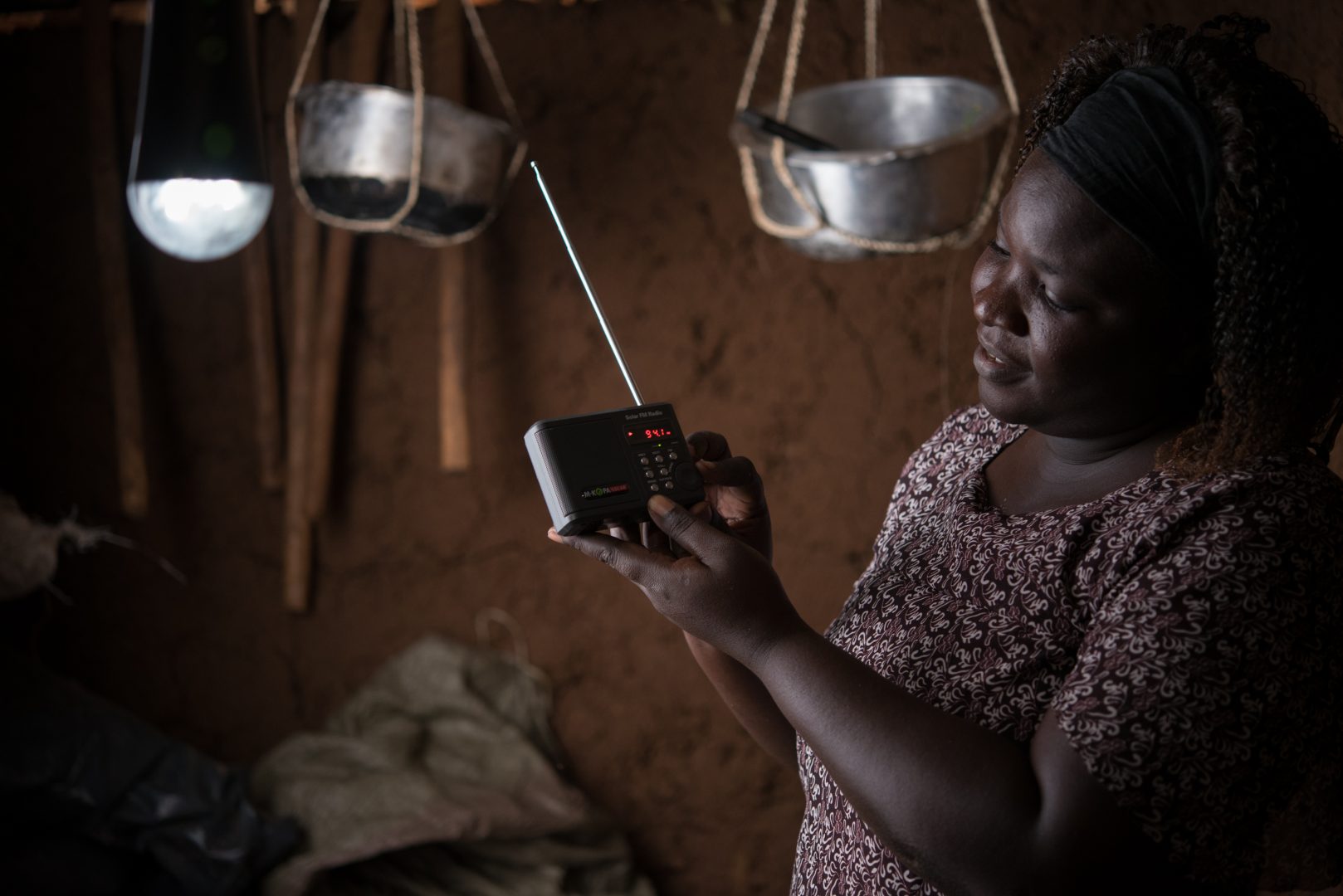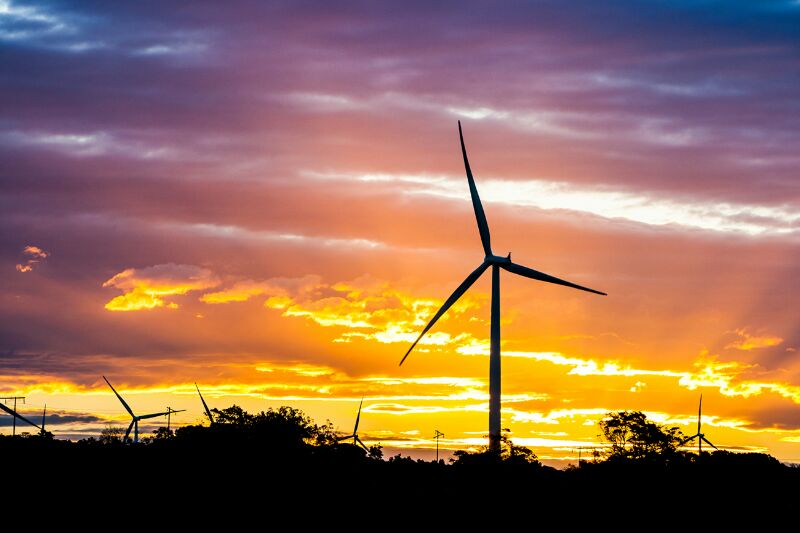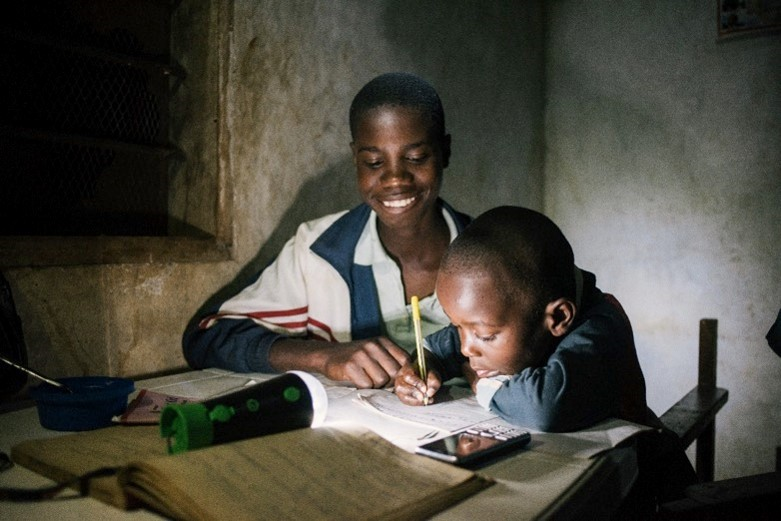In July 2020, we published our Climate Change Strategy setting out an ambitious plan to achieve net zero emissions across our portfolio by 2050. Our recently published Fossil Fuel Policy excludes new investment in the vast majority of fossil fuels, and we will only make investments in gas-fired power stations in cases where it aligns with a country’s pathway to net zero emissions by 2050 (as set out in our Guidance on Natural Gas Power Plants).
So why do we believe this is the right approach? How does it balance our support for countries in their pathway to net zero, and as they tackle human development needs such as increasing energy access, reducing poverty and improving living standards to meet the SDGs?
This article sets out why we’ve taken this approach – with a focus on Africa, though similar arguments apply to some countries in South Asia. It’s based on material from a CDC report ‘Decarbonising Africa’s grid electricity generation’. The report examines the technological and cost considerations that will affect the pace of decarbonisation in centralised electricity grids, alongside Africa’s crucial energy access and economic development goals.
Universal access to affordable, reliable, sustainable and modern energy is a Sustainable Development Goal in itself, but SDG 1 (ending poverty) and SDG 8 (decent work and economic growth), among others, will not be achieved without a dramatic increase in power consumption. Africa’s development goals will not be attained by connecting households to the grid – this is about supplying reliable and affordable power for industry and commerce to support the economic transformation needed to lift Africans out of poverty.[1]
The numbers demonstrate the urgency of the need. The average level of electricity consumption per person in sub-Saharan Africa (excluding South Africa) is around 500 kilowatt hours (kWh), which compares to about 13,000 kWh in the United States and 6,500 kWh in Europe. To put that in perspective – a large American fridge uses about 1500 kWh annually. The London Underground consumes more electricity in four months than the entire nation of Benin, with a population of 12 million, consumes in a year.
Not only do Africans need much more power, they also need it to be as cheap as possible. They already face the highest prices for electricity in the world. The unit cost of electricity in many African countries is about double the global average ($0.14 per kWh) and far higher than in emerging economies such as Bangladesh ($0.06 per kWh) and India ($0.08 per kWh). Compared to income, this disparity is even greater. The average Liberian lives on around $700 per year and it costs around 12 per cent of that to power a mini fridge that consumes about 200 kWh per year. It would cost less than 0.1 per cent of average income in Europe to power the same fridge.
Added to that, African governments have by far the lowest tax revenues per capita in the world at their disposal, and these are falling. Their utilities are almost all loss-making and often unable to perform basic functions such as charging for electricity. Many national grids have suffered from decades of underinvestment. African countries taking energy investment decisions cannot be expected to deviate far from the least expensive solutions.
Almost all African countries have signed the Paris Agreement and are committed to making the transition to a net-zero economy by 2050. The good news is that Africa has tremendous renewable power resources – plenty of sun and wind – and the costs of wind, solar and energy storage are falling all the time. At CDC, we’ve committed more than $1 billion to renewable energy. That means providing long-term capital to get projects off the ground and investing in promising renewable technologies at scale. We’ve also established Gridworks, to address the under-investment in electricity transmission and distribution infrastructure that is needed to enable African countries to integrate wind and solar onto their grids.
African countries also have the advantage of being able to “leapfrog” the highly carbon intensive path followed by earlier developers. They need not be so reliant on centralised grids as earlier developers, and decentralised mini grids can also overcome many of the constraints faced when absorbing renewable energy on the grid.
Nonetheless, while the future prosperity of African countries may depend on leaving fossil fuels behind eventually, a several-fold increase in power delivered over the grid will be necessary for them to meet their urgent economic development objectives, and it is not possible to leapfrog immediately to 100 per cent variable renewable energy generation on the grid.
First, most African countries are embarking on the journey to a net-zero economy from a very different position to wealthy economies, which start with high quality grid infrastructure, sophisticated technology to manage their power networks, and ample sources of often fossil-fuelled ‘firm’ power (meaning generation that can be relied upon to supply power when called for). Wealthy countries can progressively add wind and solar power and phase out fossil fuels as technological progress makes it possible to integrate higher levels of variable renewable energy on the grid over time.
In contrast, most African countries are starting from a very low base. Their network infrastructure is often dilapidated. They must multiply their electricity supply rapidly and cannot stop expanding once their grids have absorbed all the renewable power they can. To provide some context – the UK is now hitting an average of 25-30 per cent of annual electricity generation from wind and solar – some days much more, some much less. Let’s imagine African countries could go straight to generating 50 per cent of their grid electricity through wind and solar. Once they’ve hit that limit, half the generation capacity they add to the grid must be something else, which in countries without hydropower resources tends to mean gas.
As the costs of renewable energy and storage keep falling, we might expect new investments in gas power to become unnecessary by around 2030. But the record low prices we see for wind and solar power in the news do not account for the investments needed elsewhere on the grid to use that power. Demand for power varies throughout the days and over the seasons. Building a system to reliably match supply with demand using only wind and solar power requires a combination of overbuilding to account for times when the wind does not blow and sun does not shine, and storage to shift power from when it is produced to when it is needed. Overbuilding can mean paying for power that cannot be used; but at the same time, reducing overbuilding requires more storage, which is also expensive.
As a result, the cost of reliably supplying power on demand, 24 hours a day and year-round, is typically two or three times higher when using only wind, solar and a battery energy storage system than it is for the most efficient gas power plants. That ratio will fall, but these are the prices faced by some African governments taking investment decisions today. Experts agree that Africa will require a mix of generation technologies in the medium term, as it strives to achieve carbon neutrality by mid-century and rapidly expand electricity generation for economic development. Under the most ambitious climate change control scenario modelled by van der Zwaan et al. (2018) the electricity power capacity additions in Africa between 2030 and 2050 are solar (24GW), wind (20GW) and gas (18GW). Schwerhoff & Sy (2019) review five energy-economic models that allow for Africa to rapidly develop its economy whilst respecting a 2°C degree target. These models differ in specifics, but all foresee that a mix of renewables and ‘firm’ energy sources will be used. Avila et al., (2017) reach the same conclusion, after asking how Africa can generate energy for sustainable and equitable development. All these models predict that African electricity can be almost or entirely fossil free by 2050.
Finally, the right approach must be grounded in the realities of individual African countries, each of which faces different challenges. Some are already pushing the boundaries of wind and solar electricity generation on the grid; others have barely begun. Options and priorities differ greatly from country to country. We believe that African countries should be supported in their efforts to achieve their self-determined, least expensive power sector development plans and future long-term decarbonisation plans under the Paris Agreement. We must not impose higher electricity prices on the poorest countries in the world. The recognition that the African energy transition will sometimes require selective and time-bound investments in new gas generation capacity does not diminish the urgency of scaling up renewable generation as quickly as possible, and there is much that can be done to bring forward the day when investments in gas are no longer needed.
[1] See Lee et al. (2020) for a discussion of household electrification and development, and for evidence linking reliable electricity to job creation and the long run productivity of firms see: Cole et al. (2018); Mensah (2018); Kaseem (2019); Fried and Lagakos (2017) and Fried and Lagakos (2020).

